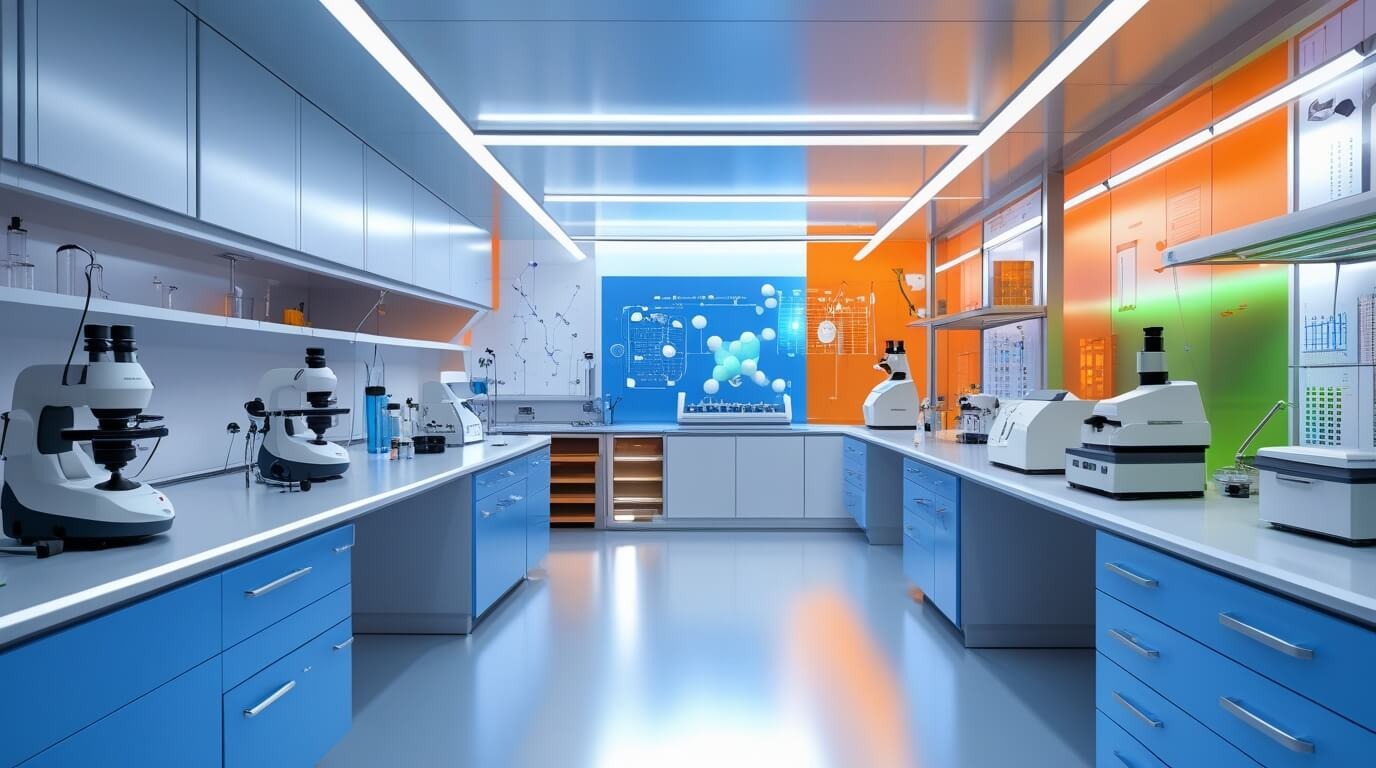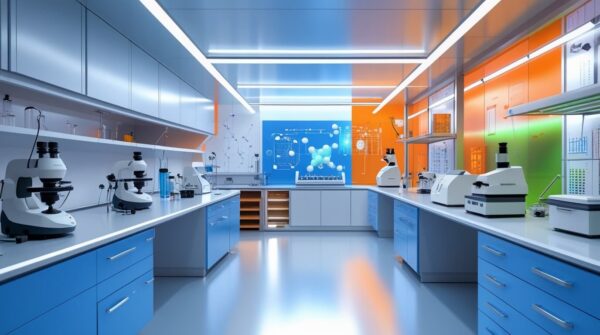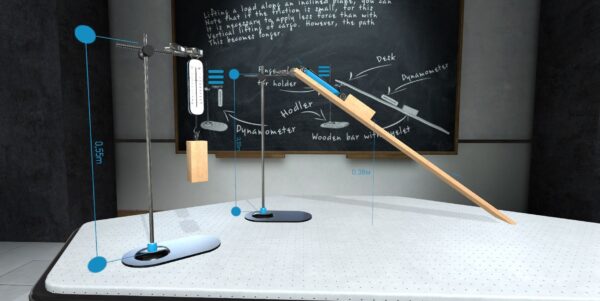Trending Types of Laboratory Setups in 2026

Laboratory setups in 2026 are defined by rapid technological advancements, automation, sustainability, and smart integration. Labs are evolving to meet the demands of high-throughput research, data-driven science, and environmentally conscious operations. Here’s a look at the most prominent types of trending lab setups shaping the future.
Types of Laboratory Setups in 2026
1.
Smart labs, often called Lab 4.0, integrate digital technologies, IoT devices, and cloud platforms to create highly connected environments. These setups enable real-time monitoring, remote control, and seamless data sharing.
:
-
IoT-enabled equipment for continuous data collection and remote diagnostics
-
Cloud-based management of lab data and workflows
-
AI-driven data analysis and automation of repetitive tasks
-
Mobile access for controlling lab processes via smartphones or tablets
:
-
Enhanced efficiency and flexibility
-
Improved data accuracy and traceability
-
Streamlined collaboration across locations
2.
Automation is at the core of modern labs, with robotics handling everything from sample preparation to analysis. Robotic arms, cobots (collaborative robots), and automated analyzers reduce human error and increase throughput.
:
-
Liquid handling robots
-
Automated sample analyzers
-
Cobots working alongside human technicians
-
Automated storage and retrieval systems
:
-
High-volume sample processing
-
Consistent and precise results
-
Reduced risk of contamination and injury
3.
Sustainability is a major trend, with labs focusing on minimizing their environmental footprint. Green lab setups prioritize energy efficiency, resource conservation, and eco-friendly materials.
:
-
Energy-efficient freezers, fume hoods, and HVAC systems
-
Water-saving devices and recycling systems
-
Use of sustainable consumables and alternative raw materials
-
Retrofitting older equipment for improved efficiency
:
-
Lower operational costs
-
Reduced waste and emissions
-
Compliance with environmental regulations
4.
Modular labs are designed for adaptability, allowing quick reconfiguration to accommodate changing research needs or new technologies.
:
-
Mobile lab benches and equipment
-
Modular lab furniture and fixtures
-
Flexible media supply and disposal systems
:
-
Rapid adaptation to new projects or workflows
-
Cost-effective expansion or downsizing
-
Enhanced collaboration through open lab designs
5.
Specialized labs are emerging to address specific scientific domains with advanced tools and workflows.
:
-
: Equipped with next-generation sequencing, bioinformatics platforms, and automated sample prep for large-scale genetic analysis.
-
: Utilize high-resolution slide scanners, AI-powered image analysis, and cloud storage for remote diagnostics.
-
: Microfluidic devices for rapid, point-of-care diagnostics and high-throughput screening in compact formats.
:
-
Accelerated research and diagnostics
-
High precision in specialized applications
-
Integration with broader data ecosystems
6.
3D printing enables labs to create custom equipment, prototypes, and even biological models on demand.
:
-
Custom labware and instrument parts
-
Rapid prototyping of research tools
-
Bioprinting tissues and organoids for medical research
:
-
Reduced lead times for equipment
-
Cost savings on specialized tools
-
Enhanced innovation and flexibility
| Lab Setup Type | Key Technologies/Features | Main Benefits |
|---|---|---|
| Smart Labs (Lab 4.0) | IoT, cloud, AI, mobile access | Efficiency, data accuracy, remote ops |
| Automated Labs | Robotics, cobots, automation | High throughput, safety, precision |
| Green Labs | Energy/water-saving, recycling, eco-consumables | Sustainability, cost savings |
| Modular Labs | Mobile benches, modular furniture | Flexibility, fast adaptation |
| Specialized Labs | NGS, digital pathology, lab-on-a-chip | Precision, domain-specific advances |
| 3D Printing Labs | Additive manufacturing, bioprinting | Customization, rapid prototyping |
-
Integration of AI and machine learning for data analysis and automation
-
Emphasis on sustainability and resource conservation
-
Adoption of modular, reconfigurable lab spaces
-
Expansion of automation and robotics for routine tasks
-
Growth of specialized labs for genomics, digital pathology, and microfluidics
-
Increased use of smart, IoT-enabled equipment for monitoring and maintenance
Laboratory setups in 2026 are defined by smart integration, automation, sustainability, and adaptability. Whether through advanced robotics, green technologies, or modular designs, these trends are making labs more efficient, safer, and better equipped for the challenges of modern science and industry




